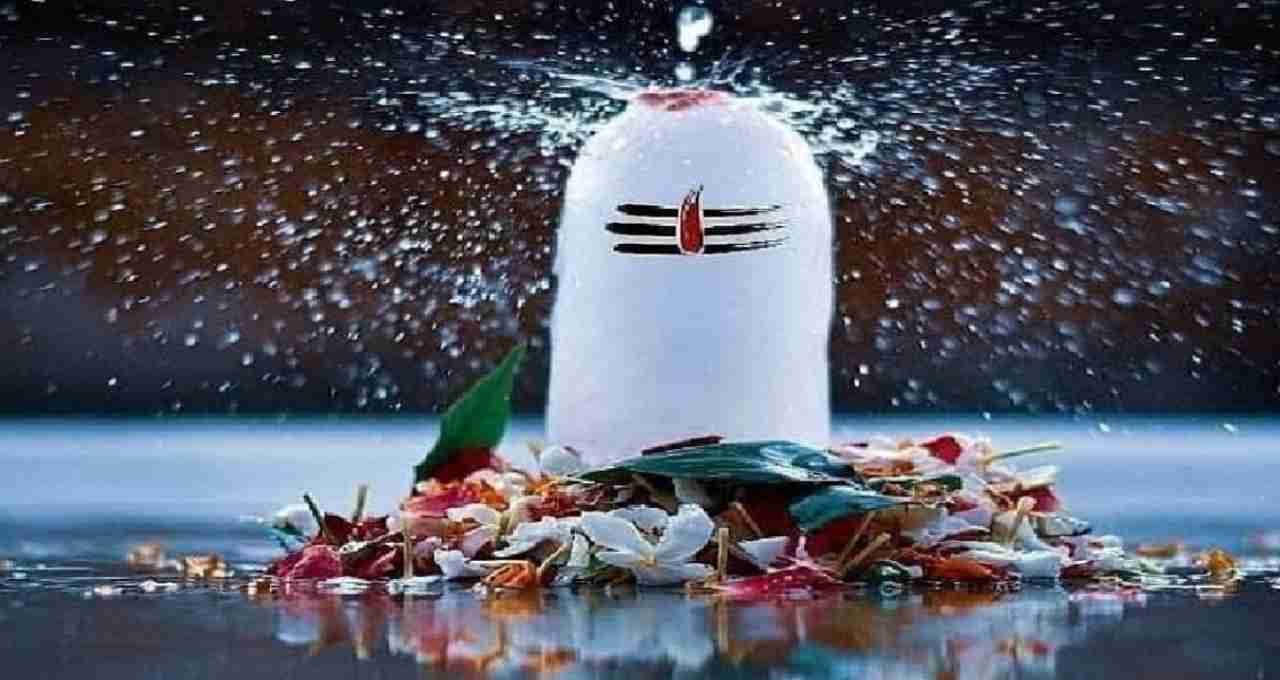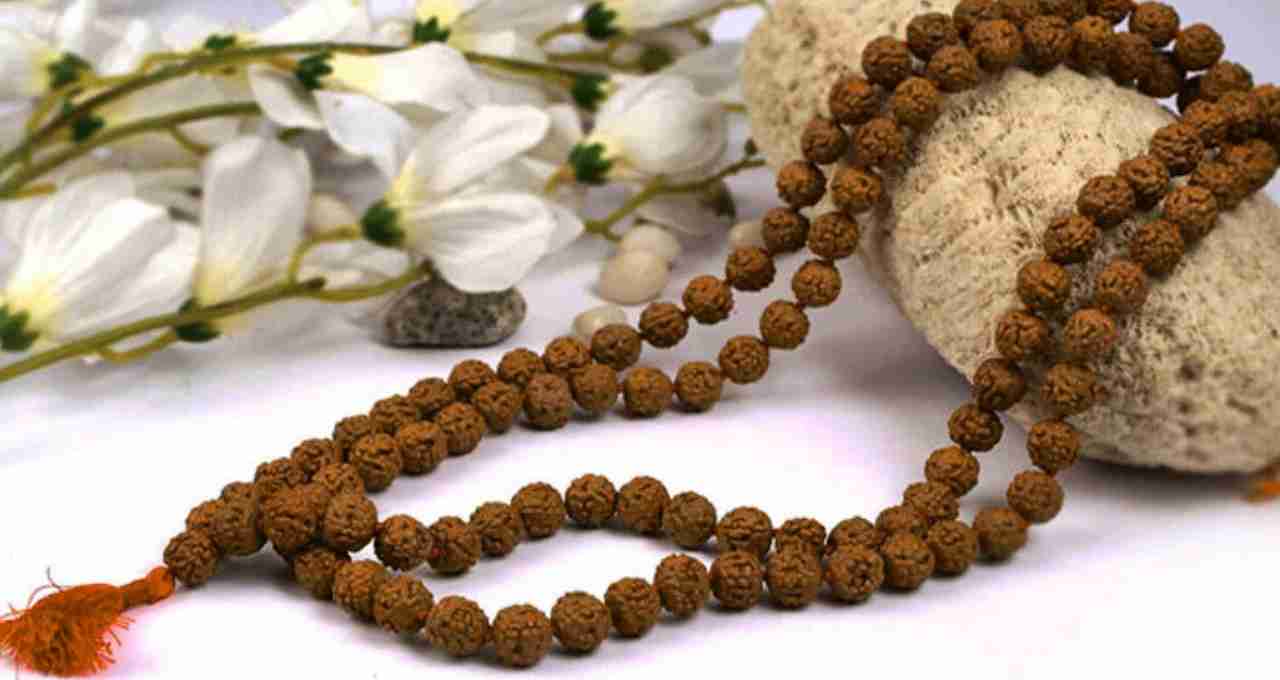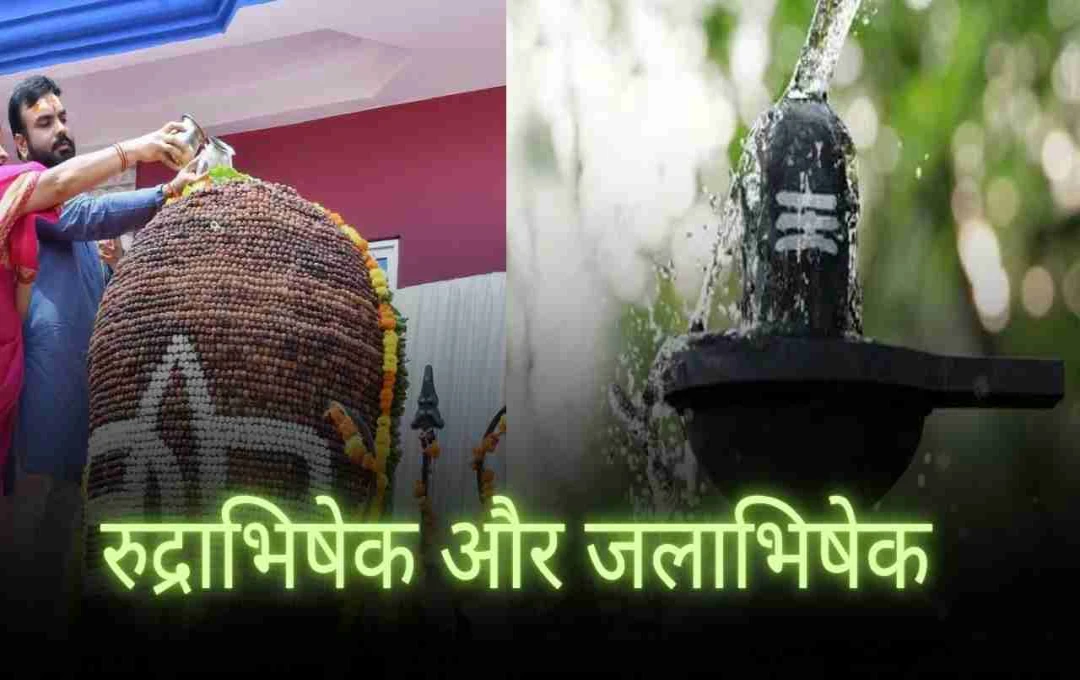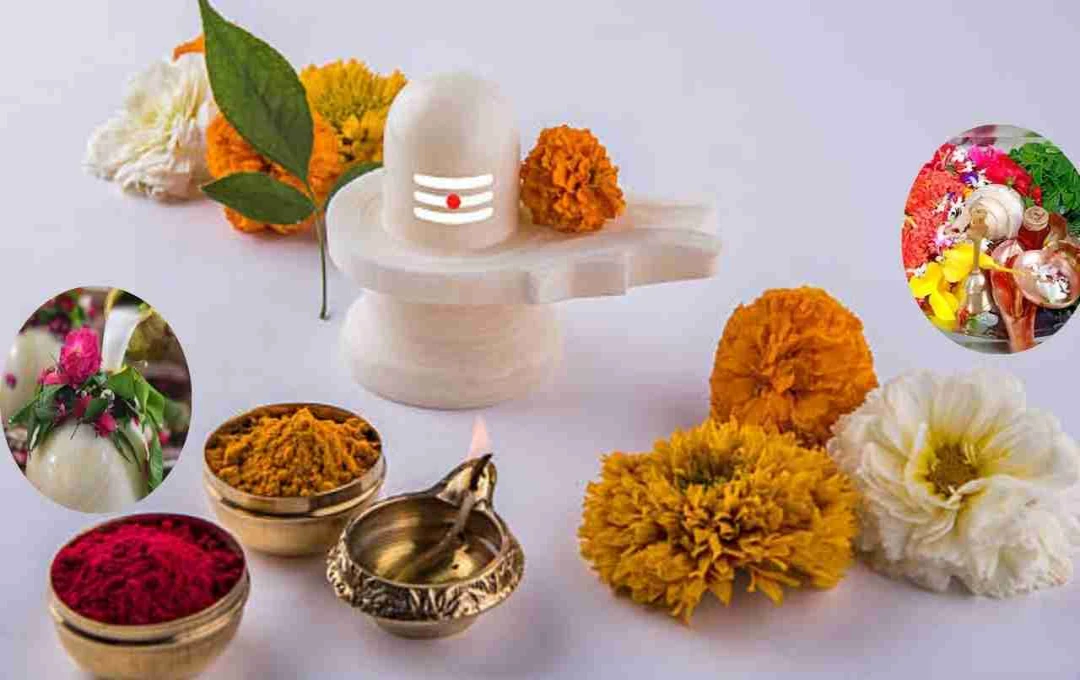The month of Sawan is special every year for devotees of Lord Shiva. In the year 2025, the Sawan month is commencing on July 11th. This month is known for Shiva devotion, fasting, observing fasts (upvaas), Kanwar Yatra, and special prayers. During this period, the tradition of offering water to the Shivling is observed, commonly known as Jalabhishek. Some people also perform Rudrabhishek during this time, which is a much more elaborate and ritually performed worship.
However, most people consider these two actions to be the same, while there is a significant difference between the method, purpose, materials used, and religious impact of the two.
What is Jalabhishek?

The word Jalabhishek means 'ablution with water'. This is the most common and simplest method of worship in which pure water is offered to the Shivling. Usually, devotees visit temples or offer water to the Shivling at home using a copper pot (lot). This process is performed to give coolness to Lord Shiva and to express faith.
Jalabhishek is performed especially in Sawan because this entire month is considered dear to Lord Shiva. People offer water to the Shivling and pray for the fulfillment of their wishes. Recitation of mantras is not necessary in this, and an individual can perform it alone.
What is Rudrabhishek?
Rudrabhishek is a special Vedic process in which Lord Shiva is worshipped with special materials in the presence of Brahmins and the chanting of mantras. Rudrabhishek is described in the Rudra Sukta of the Yajurveda, and this worship is performed to please the Rudra form of Shiva.
In this, the Shivling is bathed with five or more substances such as water, milk, curd, honey, and ghee. Brahmins perform the puja while chanting mantras. It is especially performed for the pacification of planetary defects (graha doshas), health benefits, peace, happiness, the blessing of children, and wealth. Many people also perform Maharudrabhishek in Sawan, which is an even more elaborate process.
What are the necessary materials for Rudrabhishek?
- Pure water
- Milk
- Curd
- Ghee
- Honey
- Ganga water
- Bel leaves
- White sandalwood
- Dhatura and cannabis
- Fruits and flowers
- Incense, lamps
- Panchamrit
- Rudraksha mala
- Kusha grass and a holy water vessel
The puja is performed with all these materials, and along with this, the mantras 'Om Namah Shivaya' or 'Rudra Sukta' are chanted.
Special method of Rudrabhishek

To perform Rudrabhishek, first, the Shivling is established in the north direction, and the person has to perform the puja facing the east direction. During the puja, Brahmins recite the mantras. If the puja is being performed at home, it is necessary to keep the place of worship clean and quiet.
It is important to pay special attention to these things
- Tulsi leaves should not be used in Rudrabhishek.
- It is considered appropriate to have the mantras recited by a Brahmin.
- A copper vessel should be used while performing Jalabhishek.
- During Rudrabhishek, one should avoid any kind of conversation or noise.
- Water should never be offered to the Shivling from a conch shell.
The importance of these pujas increases in Sawan
Both Jalabhishek and Rudrabhishek are considered very important worship methods for the worship of Shiva in the month of Shravan. While Jalabhishek allows devotees to express their simple faith, Rudrabhishek is considered a path to attain the grace of Shiva by going deeper through Vedic methods.















